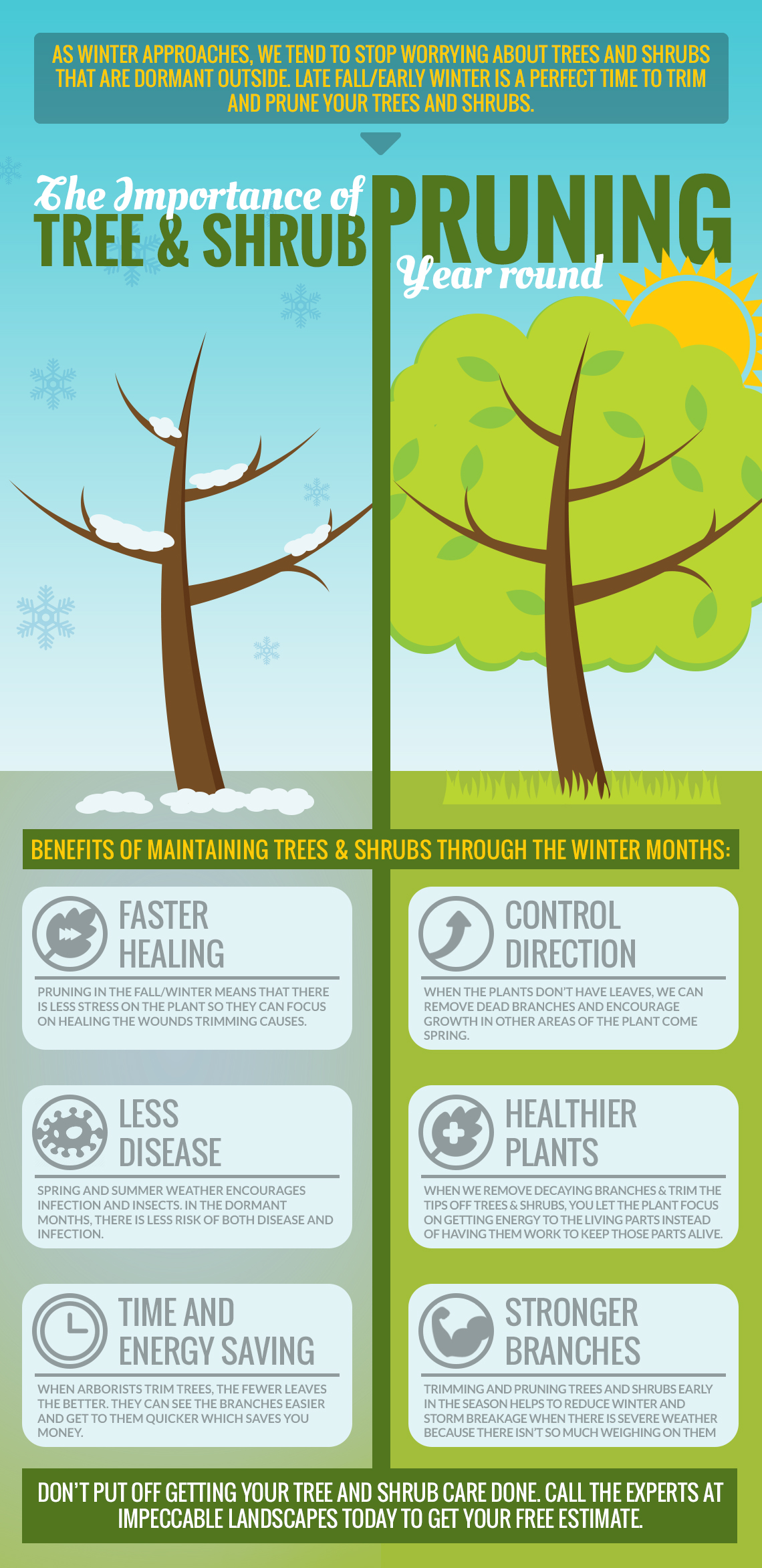Expect Essential Indicators That Suggest Your Tree May Be A Danger; Acknowledging These Can Help Shield Your Home And Those You Care About.What Should You Watch On Next?
Expect Essential Indicators That Suggest Your Tree May Be A Danger; Acknowledging These Can Help Shield Your Home And Those You Care About.What Should You Watch On Next?
Blog Article
Author-Troelsen Malling
When it concerns tree treatment, acknowledging the indicators that it's time for removal is essential for your safety and building. You may notice stained fallen leaves, wilting branches, or odd fungal growths showing health problems. Structural concerns, like a substantial lean or splits in the trunk, can likewise position dangers. Understanding these indication can assist you make notified choices about your trees and protect against potential hazards hiding in your backyard. What should you seek following?
Indications of Decay and Disease
When you see indicators of degeneration and condition in your trees, it's critical to act promptly. Look for discolored fallen leaves, wilting branches, or unusual developments like fungi. These can suggest that your tree is struggling.
If you see cracks in the bark or soft, mushy timber, these signs and symptoms suggest inner degeneration. Furthermore, https://drive.google.com/drive/folders/14vXKaqe5EhzTiHnBxY4xDWXi9vg6922b?usp=drive_open in bugs around your tree can signify that it's compromised and vulnerable.
Look for any kind of dead or passing away limbs, as they posture a threat to your building and security. If you doubt about what you see, speaking with an arborist can give clarity.
Addressing these indications early can conserve you from much more extensive damage and make certain the health and wellness of your backyard. https://www.streetinsider.com/Press+Advantage/Boerne+Tree+Service+Provides+Emergency+Tree+Service+to+Help+Homeowners+During+the+Hurricane+Season/17327625.html wait until it's far too late.
Structural Instability and Leaning
As you observe your trees, keep an eye out for any type of indicators of structural instability or leaning. If a tree leans significantly, it might suggest that the root system is compromised.
Look for any fractures in the trunk or soil around the base; these can signify possible failure. Furthermore, check for unusual development patterns, like a lopsided crown, which may recommend that the tree is struggling to hold itself upright.
If you discover that the tree favors your home, power lines, or other frameworks, it presents a better threat. Don't disregard these signs-- speak with an arborist to analyze the situation.
Doing something about it early can avoid costly damage and ensure your safety.
Dead or Perishing Branches and Vegetation
If you discover dead or dying branches and foliage on your tree, it's a clear indication that something's wrong.
These harmful locations can indicate underlying issues like condition, pest problems, or ecological tension. When branches shed their leaves or transform brownish, they're no more contributing to the tree's health. Neglecting these signs might cause additional decline, making your tree a lot more harmful.
Dead branches can easily break short throughout storms, positioning a danger to building and individuals close by. It's critical to assess the level of the damage.
If the problem affects a significant part of the tree, consider getting in touch with an expert. They can help determine if removal is essential to make certain safety and security and preserve the charm of your landscape.
Verdict
If you discover any kind of signs of decay, architectural instability, or dead branches on your trees, do not ignore them. These indications can posture serious safety risks to you and your property. It's constantly best to speak with a specialist arborist that can give a specialist analysis of your trees. Acting early can protect against crashes and costly damage, ensuring your landscape remains secure and healthy and balanced. Keep in mind, it's far better to be aggressive about tree treatment than to await a catastrophe to occur.
